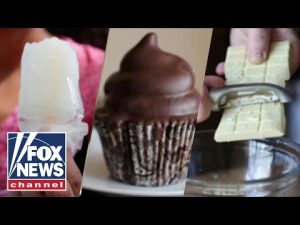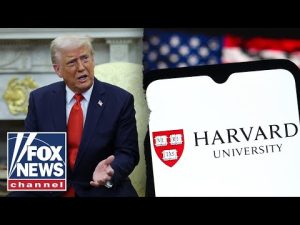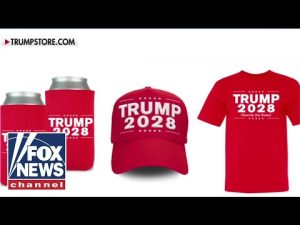In a world where food safety and consumer transparency are as hotly debated as social media trends, RFK Jr. has decided to tackle an issue that might not make headlines: artificial food dyes. Armed with a plan full of ambition and vigor, he wants to phase out those vibrant chemical cocktails that make your cereal look like a rainbow and your kids bounce off walls—or so they say. RFK Jr. visualizes a future where people will either see these dyes disappearing off the shelves or, at the very least, be clearly informed of their presence when they shop.
Critics, however, are raising eyebrows at this crusade against the colorful defenders of food aesthetics. They jest that this mission might just make “pretty food” an endangered species. It’s like handing out a one-way ticket to the land of bland for those who rely on a splash of red or yellow to tease the palate before the taste buds even get involved. After all, not everyone is ready to return to eating food that looks like it came from an episode of “The Walking Dead.”
But there is an argument that’s sticking: the potential health impacts of these dyes. Years of breakfast cereal with a color palette more diverse than a box of crayons might not just be harmless nostalgia. Some argue there are connections to behavioral issues and other health concerns. Yet, it’s unclear how many bowls one has to consume before turning into a hyper version of oneself, though many have poked fun at the idea that these dyes are responsible for everything from ADHD to male pattern baldness.
Ultimately, RFK Jr.’s proposition hinges on freedom of choice—not exactly the Big Brother approach. He’s not waving a ban hammer just yet; instead, he’s advocating for transparency and a shift towards natural coloring. It’s up to consumers to decide if they’d rather eat food boasting their favorite shades of neon or lean into the subtle hues of radishes and beets. The market has tried the natural route before, only to see consumers return to their vividly colored favorites, proving that when flavor and allure collide, allure seems to win, hands down.
In true RFK Jr. fashion, this campaign demonstrates his readiness to step outside the family and political lines to advocate for what he believes is a little overdue. Unconventional as it may be, his bold quest is drawing attention to the giant gap that might exist between eye-catching food and healthy consumption. Because, when you think about it, who really wants a dollop of petroleum in their pudding or a bite of bleach with their breakfast? So next time you’re at the store—do check those labels. Or don’t. Whatever floats your artificially colored boat.







